Retinal Detachment
What is a Retinal Detachment?
The retina is the layer of specialized nerve tissue lining the back of the eye that allows you to see. The retina is very loosely attached to the back of the eye wall (figure 1). When a retina detaches, it is lifted up from its normal position by fluid that accumulates between the retina and the eye wall. A detached retina is separated from its supply of oxygen and nutrition and does not work properly. Surgery is usually needed to return the retina to its normal position and prevent vision loss.
What causes a Retinal Detachment?
For a retinal detachment to occur, a hole or tear must first develop in the retina. The presence of this hole or tear allows fluid to get underneath the retina and detach it from its source of nutrition (figure 2). Retinal detachments can develop at any age, but tend to occur more commonly in the elderly. Retinal detachments usually occur around the time that the vitreous separates from the retina. This separation is a natural aging process in the eye and is called a posterior vitreous detachment (PVD). Most PVD’s cause no long-term damage to the eye, but in some individuals they result in retinal tears that can then lead to a retinal detachment.
Who is at risk for a Retinal Detachment?
Anyone who has an increased chance of developing a retinal hole or tear is at risk for developing a retinal detachment. Detachments are more likely to occur in people who are near-sighted (myopic), after an injury to the eye, after cataract surgery, or from weak areas in the retina. They are more common in people who have a history of previous retinal tear or a family history of retinal tears or detachments.
What are the symptoms of a Retinal Detachment?
Retinal detachments are painless. The symptoms of a retinal detachment are similar to those of a retinal tear or a PVD. The first sign of a retinal detachment can be new floaters, intermittent flashing lights, cobwebs and perhaps a shower of black dots. Some people have prominent symptoms while others notice hardly anything at all. As the retinal detachment enlarges and detaches the retina near the center of the vision, a shadow or gray curtain can begin to move across the field of vision.
How is a Retinal Detachment treated?
Retinal detachments that result from a retinal tear almost always require surgery. There are several different ways that a detached retina can be fixed. The timing of surgery and the type of surgery depend on the characteristics of the detachment. Some retinal detachments can be repaired in the office using a technique called pneumatic retinopexy, however most detachments need to be repaired in the operating room using a scleral buckle, a vitrectomy or both.
Pneumatic Retinopexy
A pneumatic retinopexy is performed in the office. This is a two-step procedure. First a gas bubble is injected into the eye to gently push the detached retina back against the eye wall. Once the retina is flat, laser or a freezing treatment is used to seal the retinal tear and prevent the retina from detaching again. After the gas is injected into the eye you will need to maintain a certain head position for several days.
Scleral Buckle
Treatment with a scleral buckle needs to be performed in the operating room. In this treatment a tiny silicone band is placed around the circumference of the eye to support the detached retina from the outside (figure 4). A freezing treatment is used to seal the retinal tears. The fluid under the detached retina is often drained, allowing the retina to settle into its normal position. You will not be able to see the scleral buckle since it is secured deep behind the eyelids. In most people the scleral buckle remains around the eye permanently.
Vitrectomy
Vitrectomy surgery is the most common way that a retinal detachment is repaired. A vitrectomy needs to be performed in the operating room. During the vitrectomy the surgeon first removes the vitreous gel that fills the eye (figure 5). The fluid under the retina is then removed allowing the retina to lie flat against the eye wall. Laser is used to seal the retina tear(s) and the eye is filled with a gas bubble. You will need to maintain a certain head position for several days to properly position the gas bubble.
What about after surgery?
After surgery, most patients need to limit activity. It is common to have some mild discomfort after surgery. If a gas bubble has been placed in the eye it is very important to maintain the proper head position. The success of the surgery depends on the position of the gas bubble. The eye naturally fills with fluid after surgery and will gradually replace the gas in the eye. While the gas bubble is in your eye, you absolutely must not fly or travel at high altitudes.
What is the prognosis for my vision?
With modern surgery, over 98% of retinal detachments can be fixed. Depending on the severity of the retinal detachment, some patients will need more than one operation to repair the retinal detachment. After the retinal detachment is fixed, the vision can take months or years to improve. The amount of vision improvement after surgery is often impossible to predict. Vision improvement is less favorable in detachments affecting the central retina initially or that have been present for a long time. Therefore it is very important to see your retinal specialist promptly if you note any flashes of light, floaters or loss of the peripheral (side) vision.
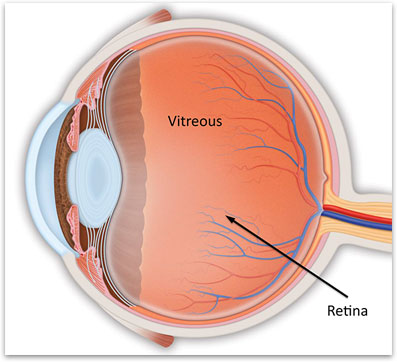
Figure 1. Normal position of the retina at the back of the eye.
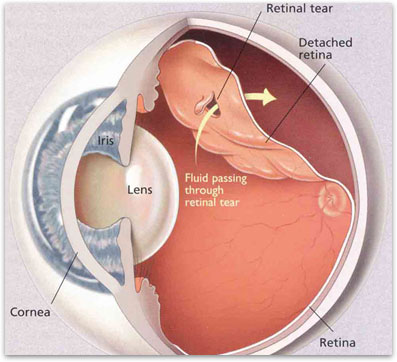
Figure 2. The presence of a retinal tear allows fluid to get underneath the retina and detach it from its source of nutrition.
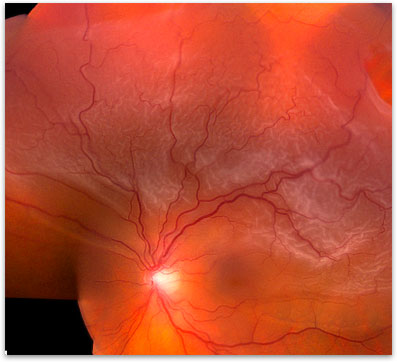
Figure 3. A partially detached retina.
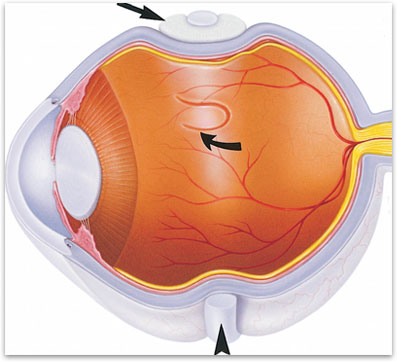
Figure 4. Scleral buckle around the eye
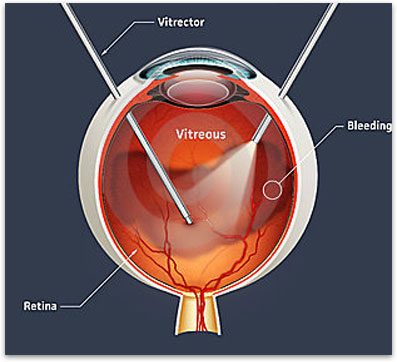
Figure 5. Vitrectomy allows flattening of the retina from the inside of the eye.

